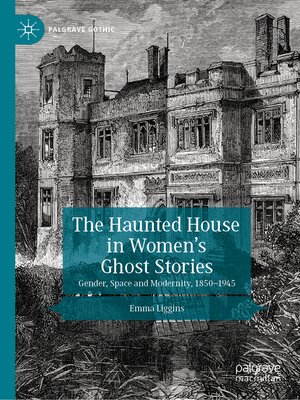The Haunted House in Women's Ghost Stories
ebook ∣ Gender, Space and Modernity, 1850–1945 · Palgrave Gothic
By Emma Liggins

Sign up to save your library
With an OverDrive account, you can save your favorite libraries for at-a-glance information about availability. Find out more about OverDrive accounts.
Find this title in Libby, the library reading app by OverDrive.



Search for a digital library with this title
Title found at these libraries:
| Library Name | Distance |
|---|---|
| Loading... |
This book explores Victorian and modernist haunted houses in female-authored ghost stories as representations of the architectural uncanny. It reconsiders the gendering of the supernatural in terms of unease, denial, disorientation, confinement and claustrophobia within domestic space. Drawing on spatial theory by Gaston Bachelard, Henri Lefebvre and Elizabeth Grosz, it analyses the reoccupation and appropriation of space by ghosts, women and servants as a means of addressing the opposition between the past and modernity. The chapters consider a range of haunted spaces, including ancestral mansions, ghostly gardens, suburban villas, Italian churches and houses subject to demolition and ruin. The ghost stories are read in the light of women's non-fictional writing on architecture, travel, interior design, sacred space, technology, the ideal home and the servant problem. Women writers discussed include Elizabeth Gaskell, Margaret Oliphant, Vernon Lee, Edith Wharton, May Sinclair and Elizabeth Bowen. This book will appeal to students and researchers in the ghost story, Female Gothic and Victorian and modernist women's writing, as well as general readers with an interest in the supernatural.







